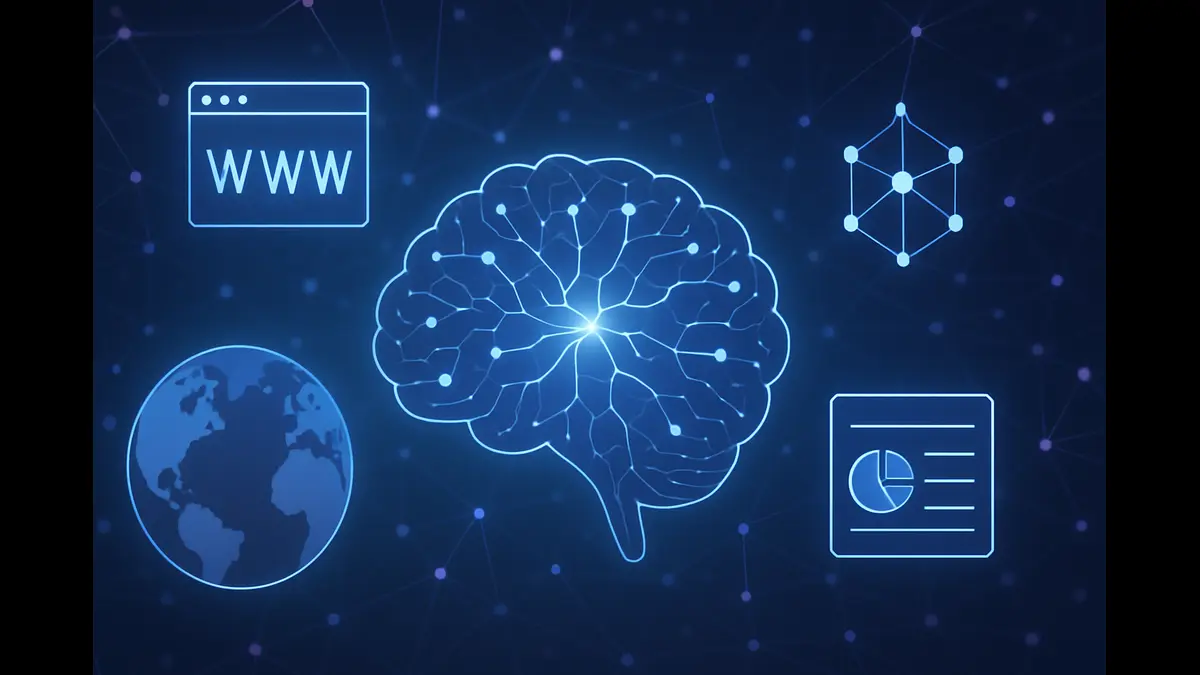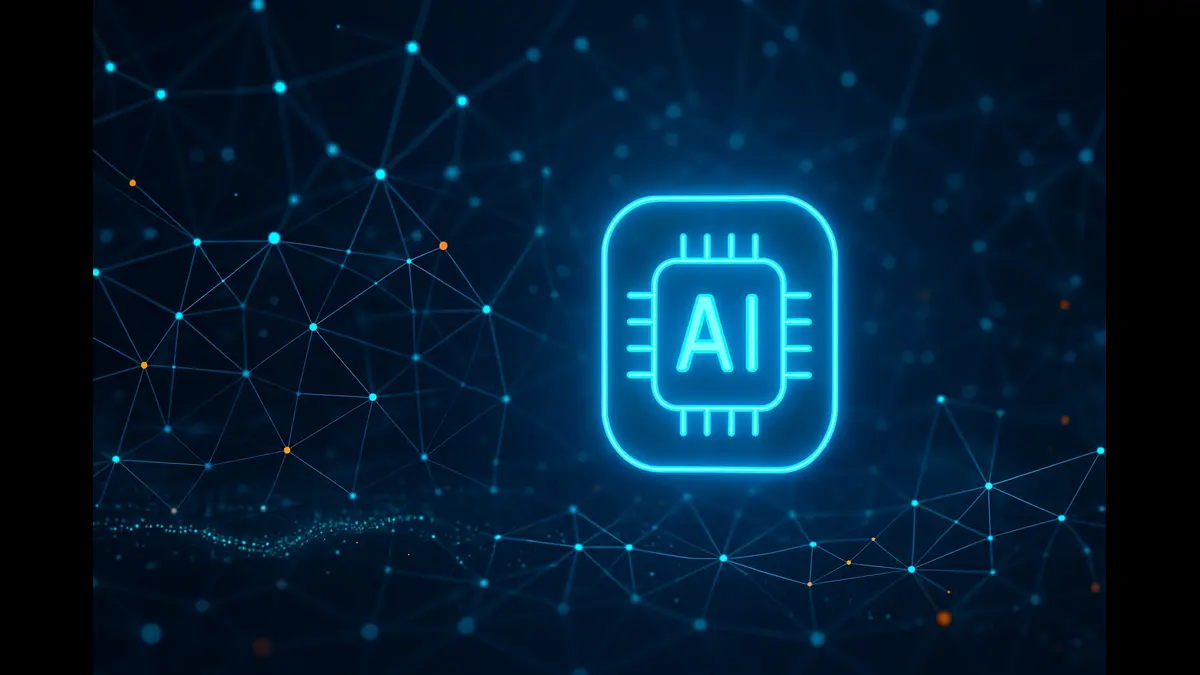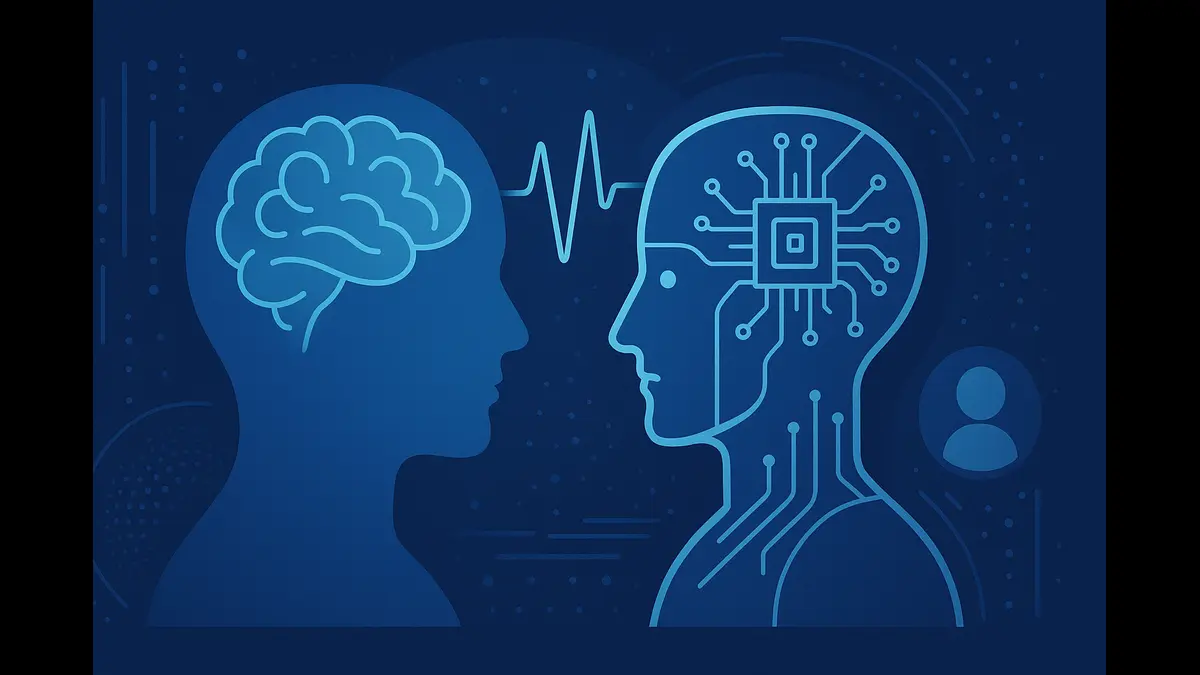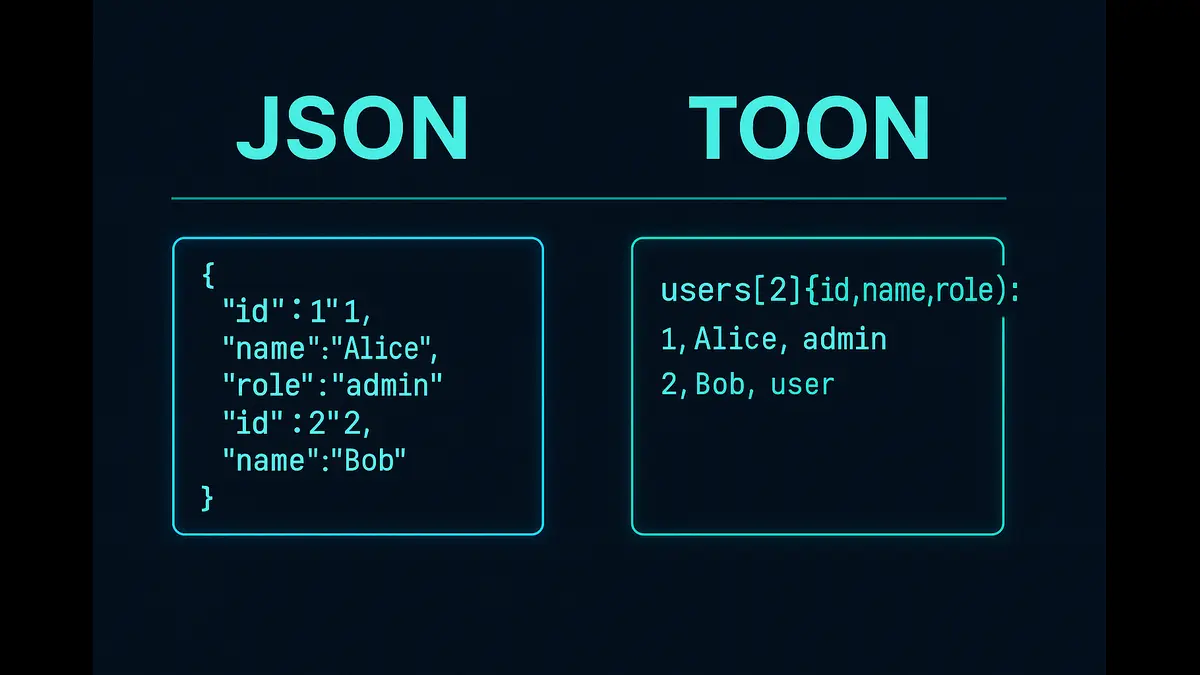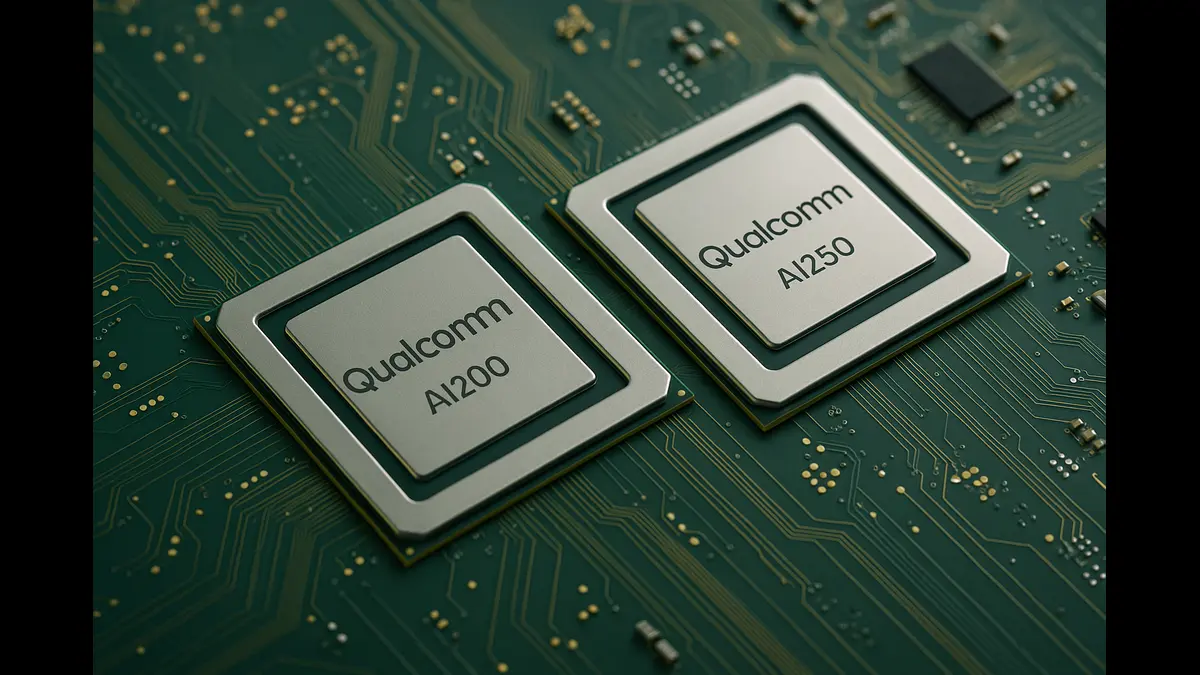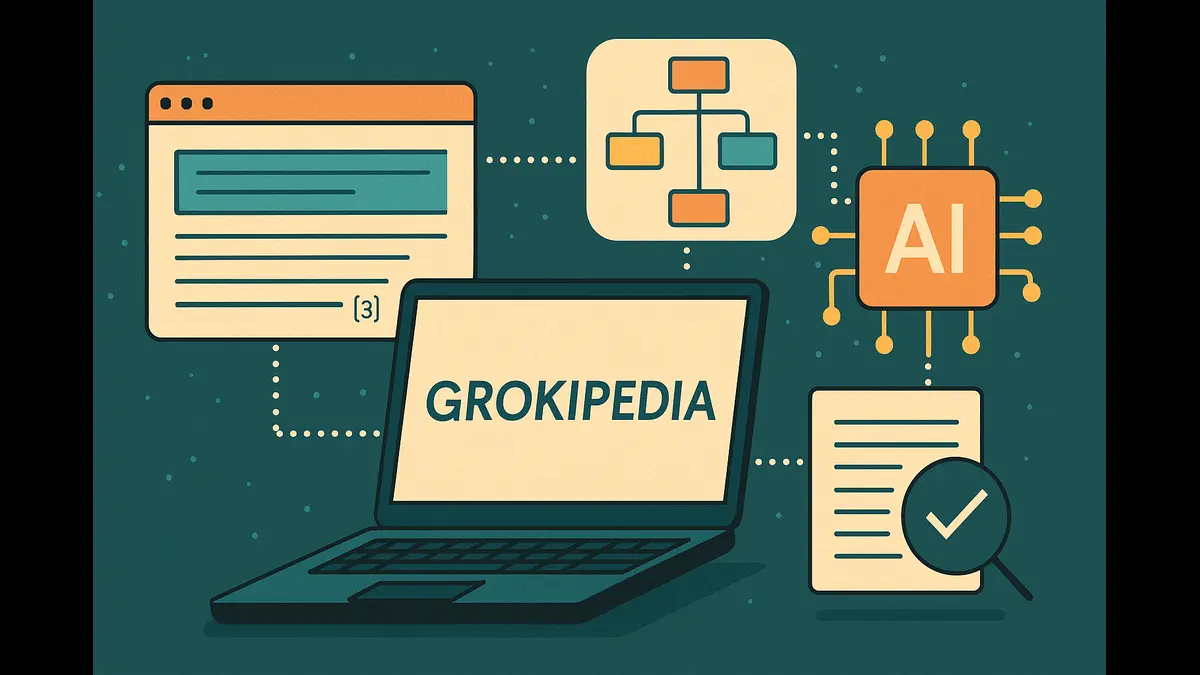
MCP and A2A are setting new standards for AI interoperability. By enabling secure, context-aware collaboration, they are driving automation and integration across key industries in 2025.
In 2025, the artificial intelligence (AI) landscape is undergoing a profound transformation, driven by the integration and interoperability of advanced systems. The rise of sophisticated generative AI models, such as large language models (LLMs) and retrieval-augmented generation (RAG) systems, have revolutionized industries, streamlined workflows, and unlocked new levels of automation. Yet, this rapid advancement has introduced significant complexity. The AI ecosystem has historically been fragmented, with dissimilar tools, platforms, and data sources struggling to communicate effectively.
The Model Context Protocol (MCP) and Agent-to-Agent (A2A) protocols have emerged as solutions that enable secure, scalable, and efficient collaboration among AI agents.
The Fragmented AI Landscape: A Pre-MCP and A2A World
MCP and A2A primarily address the challenges that emerge from the fragmented nature of the AI ecosystem. The increasing usage of AI tools—ranging from chatbots and virtual assistants to predictive analytics and content generation systems—has been fuelled by advancements in LLMs and RAG. Organizations have adopted these technologies to optimize operations and enhance decision-making. However, this very adoption has resulted in standalone systems, each operating with proprietary data formats, communication protocols, and integration requirements.
This fragmentation creates significant obstacles. For example, a company deploying an LLM for customer support may face difficulties integrating it with a separate AI tool for data analytics or inventory management. Without standardized communication protocols, AI agents struggle to share data or context, leading to inefficiencies, duplicated efforts, and missed opportunities for automation. Security concerns around data sharing and the challenge of scaling AI workflows across platforms further exacerbate the issue. The need for a unified framework to enable seamless AI agent interoperability is the most important thing.
MCP: The Foundation for Contextual AI Collaboration
The Model Context Protocol (MCP) addresses these challenges by providing a standardized framework for secure, two-way communication between AI models and data sources. MCP serves as a universal translator for AI systems, enabling them to share context, process information, and collaborate without the barriers of incompatible formats or protocols.
MCP’s core strength lies in its ability to encode and exchange contextual data, including not only raw data but also metadata about an AI model’s state, intent, and processing requirements. For instance, an LLM handling a customer query can use MCP to share contextual details—such as the customer’s history, preferences, and intent—with a separate AI agent tasked with generating personalized recommendations. By standardizing the packaging and transmission of context, MCP ensures that AI agents can operate cohesively, regardless of their underlying architecture or platform.
Security is a cornerstone of MCP. In an era where data privacy and cybersecurity are most important, MCP incorporates robust encryption and authentication mechanisms to safeguard data shared between AI agents. This is particularly vital in industries such as healthcare and finance, where sensitive information requires stringent protection. By enabling secure, context-aware communication, MCP lays the foundation for a new era of AI interoperability.
A2A: The Power of Agent-to-Agent Collaboration
While MCP standardizes communication between AI models and data sources, the Agent-to-Agent (A2A) protocol advances interoperability by enabling direct, real-time collaboration between autonomous AI agents. A2A facilitates dynamic interactions, allowing agents to work together to solve complex tasks, share insights, and optimize workflows.
Consider a scenario where an AI agent managing a supply chain must coordinate with another handling customer orders. Without A2A, these agents would rely on human intervention or custom integrations to exchange information. A2A provides a standardized protocol for agents to negotiate, delegate, and execute tasks collaboratively. For instance, the supply chain agent could request real-time demand data from the customer order agent and adjust inventory levels accordingly, all without human oversight.
A2A’s ability to enable level 3 AI automation—where agents perform tasks, make decisions, and adapt to changing conditions autonomously—mark a significant advancement over level 1 (task-specific AI) and level 2 (context-aware AI) automation. By fostering seamless agent-to-agent communication, A2A unlocks new opportunities for scalability, efficiency, and innovation.
The Synergy of MCP and A2A
The combined power of MCP and A2A creates a robust ecosystem where AI systems operate as a unified whole. MCP provides the contextual foundation for AI agents to understand and process shared data, while A2A enables real-time collaboration. Together, they eliminate the barriers of fragmented AI systems, enabling seamless integration and enhanced performance.
For instance, in a retail environment, an LLM-powered chatbot can handle customer inquiries, a RAG-based system can generate product recommendations, and a predictive analytics agent can forecast inventory needs. MCP ensures that contextual data—such as customer preferences, purchase history, and market trends—is shared securely and in a standardized format. A2A enables these agents to collaborate in real time, allowing the chatbot to request recommendations from the RAG system or the analytics agent to adjust forecasts based on incoming orders. This integration drives operational efficiency, enhances customer experiences, and delivers measurable business value.
The concept of autonomous agent collaboration traces back to multi-agent systems (MAS) research in the 1980s and 1990s, which aimed to simulate human-like cooperation. However, these early systems were constrained by limited computational power and lacked standardized protocols. Frameworks like JADE (Java Agent DEvelopment Framework) laid early groundwork but were not scalable for modern generative AI.
The deep learning revolution post-2012, driven by transformer models and LLMs like BERT, GPT, and T5, shifted focus to monolithic models, sidelining interoperability. It was only in the post-ChatGPT era (2023 onward), as orchestration and system-level intelligence became bottlenecks, that researchers revisited agent-to-agent collaboration, now enhanced by cloud-native scalability and context-awareness.

Real-World Usage
In 2025, MCP and A2A are already driving transformation across industries. In healthcare, MCP enables secure sharing of patient data, allowing diagnostic models to collaborate with treatment planning agents for personalized care. A2A enhances this by enabling real-time coordination between hospital systems, such as scheduling and medical imaging analysis, improving patient outcomes and operational efficiency.
In finance, MCP and A2A are revolutionizing fraud detection and risk management. AI agents can share contextual data about transactions, customer behavior, and market conditions, then collaborate to identify anomalies and implement preventive measures. This enhances security while reducing false positives, fostering greater customer trust.
The manufacturing sector also benefits significantly. MCP facilitates seamless data exchange between IoT devices, AI models, and supply chain systems, while A2A enables autonomous agents to optimize production schedules, manage inventory, and respond to disruptions in real time, creating more resilient and efficient supply chains.
Real-World Tools and Frameworks Embracing MCP and A2A Principles
Several open-source ecosystems in 2025 are pioneering interoperability principles aligned with MCP and A2A:
LangChain: A framework for building agentic workflows, enabling LLMs to interact with tools, memory, and other agents using context management akin to MCP.
AutoGen (Microsoft): A multi-agent conversation framework supporting structured interactions, task delegation, and shared memory, closely resembling MCP and A2A dynamics.
CrewAI: A framework for forming AI “crews” with defined roles, leveraging standardized interfaces for collaborative task execution, embodying A2A principles.
While these tools may not explicitly use the terms “MCP” or “A2A,” they reflect the same vision of contextual communication, real-time delegation, and modularity. Earlier frameworks like Hugging Face’s Transformers Agents and OpenAI’s Functions API (from the GPT-4 era) also laid foundational groundwork for modular agent interactions.
Emerging Use Cases: From Smart Cities to Defense Tech
As MCP and A2A gain traction, innovative applications are emerging:
Smart Cities: Traffic lights, weather sensors, emergency response bots, and urban planning systems operate as autonomous agents. MCP ensures secure sharing of context like traffic flow or weather forecasts, while A2A enables real-time decisions, such as rerouting traffic during emergencies or optimizing energy grids.
Defense and Aerospace: Real-time coordination between drones, satellites, and command centers relies on A2A for edge-based decisions (e.g., targeting or logistics) and MCP for secure, accurate context exchange, such as terrain maps or mission parameters.
Governance and Policy Simulations: Regulatory agencies use multi-agent simulations to model stakeholder interactions (e.g., citizens, companies). MCP ensures transparent, auditable data exchanges, while A2A facilitates structured dialogues for policy analysis.
From Level 3 to Level 5 AI Automation?
MCP and A2A currently enable level 3 automation, where AI systems make contextual decisions and coordinate autonomously. Looking ahead, level 4 AI could involve decentralized agent ecosystems forming spontaneous coalitions to address crises, such as supply chain disruptions. Level 5 AI, though conceptual, would require agents with long-term planning, ethical awareness, and cross-domain adaptability, relying on mature A2A-style ecosystems with robust negotiation and alignment frameworks. These protocols are evolving into critical infrastructure for an AI-driven future.
Challenges and Future Directions
Despite their potential, MCP and A2A face some challenges. Adopting these protocols requires organizations to implement new standards, which can be resource-intensive, particularly for smaller firms with legacy systems. Ensuring compatibility across diverse AI platforms and addressing ethical concerns around autonomous decision-making are also critical hurdles.
Looking forward, increased adoption will drive greater standardization, reducing ecosystem fragmentation. Advances in encryption and privacy-preserving technologies will bolster MCP’s security, while A2A could evolve to support sophisticated interactions like multi-agent negotiation and collective learning.
The Model Context Protocol (MCP) and Agent-to-Agent (A2A) protocols are ushering in a new era of AI interoperability, overcoming the fragmentation that has long hindered the AI ecosystem. By enabling secure, context-aware communication and dynamic collaboration, these protocols unlock the full potential of advanced generative AI, paving the way for level 3 automation. As we progress through 2025, MCP and A2A will continue to shape the future of AI, fostering a world where intelligent systems collaborate seamlessly to solve complex challenges and drive innovation. The era of fragmented AI is transforming into a new age of connected intelligence.
Frequently Asked Questions (FAQ)
1. What is the Model Context Protocol (MCP) in AI?
MCP is a standardized framework that allows AI models to securely exchange contextual data—such as user intent, metadata, and system state—across platforms. It ensures that different AI agents can communicate and operate together, regardless of underlying architecture.
2. How does the Agent-to-Agent (A2A) protocol improve AI collaboration?
A2A enables direct, real-time communication between autonomous AI agents. It allows agents to delegate tasks, share insights, and coordinate decisions without human intervention, unlocking Level 3 AI automation.
3. What industries are adopting MCP and A2A in 2025?
Industries such as healthcare, finance, manufacturing, and smart infrastructure are actively adopting MCP and A2A to improve interoperability, optimize workflows, and enhance decision-making through AI agent collaboration.
4. What is the difference between Level 1, 2, and 3 AI automation?
Level 1: Task-specific AI (isolated tools)
Level 2: Context-aware AI (responds based on data input)
Level 3: Collaborative AI (agents autonomously share context, make decisions, and adapt in real time)
Discover more from Poniak Times
Subscribe to get the latest posts sent to your email.

